It’s the end of an era in American skateboarding. After decades of dispute, Love Park is being dismantled, its iconic statue moved across the street to Dilworth Plaza, its beloved granite taken off to be used in the city’s future skateparks. And in its place a promised expanse of green space with a redesigned fountain, but no ledges to grind and manual, no tiles to prop up, no steps to fly down. No written eulogy can serve as a better requiem than rewatching that ON Video documentary, or Stevie Williams’s part in The Reason, or any of the more recent Sabotage videos, so I won’t try to write one here. It’s a lamentable loss for skateboarding, but, if we look at it as a case study of skateboarding’s role in shaping city planning policies, maybe we can learn from the loss too.
The city of Philadelphia presents a microcosm of skateboarding’s shift from outsider activity to mainstream culture. Love’s ultimate demolition and the creation of Paine’s Park, a skate plaza opened in 2013 on the outskirts of the city center, are two moments in a long narrative that demonstrate that change. But before we get into the park’s historicity and the greater social and economic forces that played into its destruction, it’s important to understand just what exactly made Love Park such a gem to skateboarders everywhere.
Love and the City Fabric
Watch any skate clip filmed at Love and it should be pretty obvious why the park was so well loved by skateboarders. There was every street obstacle imaginable: ledges of all sizes, rails, big steps and small steps, all designed in a round on perfect granite ground so your line can go on as long as you could. Architecturally, it seemed almost as if the original masterminds behind the park, city planner Edmund Bacon and architect Vincent Kling, had skateboarding in mind when they drew out the blueprints back in 1967. This assessment is obvious just through the videos, third-hand representations of what it would be like to actually be there as part of the scene. Not being a Philadelphia local myself, I reached out to Jenkem/Village Psychic contributor and Philly resident Zach Harris to get a more local perspective on the park’s appeal. “I don’t know,” he responded in an email, “it’s pretty basic Jane Jacobs shit on some just being around other people, being seen, seeing other people actively doing non-skate things, and being a part of the city. It’s also perfect, lol.”
Even if you don’t know who Jane Jacobs is (more on her in a minute), Zach’s point is poignant: skateboarding in Love park was great not only because the terrain was optimal, but also because it’s location as a city center played host to a diverse mixture of people and uses. It was a place where tourists, bums, businessmen, and, of course, skaters mingled together in a common space, reminding each other of the great diversity that city life has to offer. That’s one of the reasons why footage from Love looks so much more intrinsically interesting than, say, footage filmed at one of those sprawling but ghostly plazas in Shenzhen, China. Such a mix could occasionally be volatile, but that’s what cities are, and the best ones accommodate such variance. (Check out République in Paris or MACBA in Barcelona for some good examples.) The local Philadelphia journalist Chris Satullo said as much in his op-ed for the Inquirer in 2004, when city officials were fighting to permanently ban skateboarders from the park for good. He wrote, “Smart cities don’t spit on serendipity. They open themselves to spirit, creativity, happy accident, and innovation – with all the messiness they entail.” Public parks are inherently messy, but what makes them messy is what also makes them interesting, it’s the community that congregates there that makes a park more than just a place on a map.
Back in the early 1960s, before Love Park was even an idea, a woman without a college education was flipping the script on conventional urban planning theorists and prefiguring skaters’ occupation of Love. In The Death and Life of Great American Cities, Jane Jacobs took on the stale conception of parks as necessary open spaces provided as a sanctuary for the deprived populations of cities. “Let us turn this thought around,” she wrote, “and consider city parks deprived places that need the boon of life and appreciation conferred on them. This is more nearly in accord with reality, for people do confer use on parks and make them successes – or else withhold use and doom parks to rejection and failure.” By Jacobs’ rationale, without the skateboarders (and other visitors), Love Park would be a barren wasteland. So then why were the skaters banned?
The Inevitability of Love’s Demise
Jane Jacobs also wrote that you can’t reason with a public park, but it seems you also can’t reason with the people who run them. Love Park’s redesign, which will effectively make skateboarding within its space impossible, was a long time coming. Yes, the skateboarding community put up a long, valiant, and well-documented fight against the city’s government, but Love’s demise was set in motion as soon as the first set of skateboard wheels rolled across it.
It’s interesting to look at how the primary uses of Love Park have evolved alongside the changing social and economic landscape in America. In its earliest years, Love was a paradigm of mixed usage, but with the rise of Reaganomics in the 80s came a rise in Philadelphia’s homeless population, who, for obvious reasons, came to congregate at Love. Property values dropped, and, for a while, the city bemoaned the park as derelict and dangerous. But once skateboarders started arriving on the scene in the early 90s, things started to change. Ocean Howell, former professional skateboarder and current professor of architectural history at the University of Oregon, wrote in a 2005 paper about Love Park that skateboarders became the “shock troops of gentrification,” the first wave of citizens to establish an area as a place ripe for investment and profit. In an email response to my questions about the skateboarders’ effects on the park, Ocean responded that, “skateboarders made it seem safe again. As Ricky Oyola put it, if these little kids aren’t scared, why should I be scared, I’m a 30 year-old man coming home from work. Once it’s safe for young skaters, it’s safe for young male office workers. Once it’s safe for male office workers, it becomes safer for female office workers, then for older folks, and so on.”
This would all be well and good if it didn’t precipitate a chain reaction of gentrification that ultimately displaced both the homeless and the skateboarders. “Planners always want the ‘highest, best use,’ meaning the use that is best able to boost surrounding property values,” Ocean wrote to me. “If the park is filled with homeless people, then skaters are a good thing. However, if the place is being used by the middle classes, upscale tourists, and even tech workers, then the skaters have to go.”
This trajectory plays out as plain as it could in the case of Love. As skateboarding rose in mainstream popularity in the early 2000s, the city of Philadelphia courted the corporate side of the sport to fill its coffers with money. Capitalizing on Love’s international notoriety within the skateboard world, they brought the X-Games to that block in 2001 and 2002, pulling in over $80 million in city revenue, all while working to ban skateboarding in Love forever. They added pepto-bismol pink planters to block some of the ledges, they turned down every mixed-use plan the skateboard community proposed, and they declined a $1 million dollar check DC Shoes offered to the money-troubled municipality.
It’s interesting to note that the reason the current redesign is taking place now is because the city managed to sell the parking garage that sits below Love to a private company who needs to tear up the park to renovate the garage’s ceiling. Seems like as good a time as any for the city to finally push out the skaters for good. Skateboarding had played its part in raising the area’s property values, so now it was time for them to do the same elsewhere, like maybe out on the edge of downtown by the Schuylkill River, where the city’s new skate plaza, Paine’s Park, was built.
Paine’s Park and the Rise of the Skate Plaza
Even though their website explicitly states that Paine’s Park is not a replacement for Love, it’s hard not to think that its construction was in part meant to ease skateboarders into the idea of eventually losing Love. But, after talking to a few locals, it’s become clear that Paine’s Park, or, as local skater/filmer Tracy Gee calls it, “Tony Hawk’s Downhill Jam,” will never be a viable substitute for Love for a number of reasons.
In design, the entire park is situated on a hillside, cutting the park’s flow in half. It has strips of brick to emulate that real street feel, but, because of the park’s constant and heavy use, these will surely start crumbling before too long. And the coping on the quarterpipes is dangerously sharp and has sent multiple skaters to the hospital in need of stitches. But, despite all of these minor and surmountable design flaws, the thing that’s most damning to the park’s current success is in it’s location so far removed from the bustling diversity of downtown.
“Paine’s makes me feel like they built the park in that location to quarantine us,” says Tracy, who visited the park a dozen times before deciding it wasn’t really worth the effort to skate there. “Paine’s has nothing on Love Park,” he told me. “Most of us would rather go home than to skate Paine’s.” This placement was no accident – Paine’s Park and the skaters that are expected to flock there are being used to reclaim the undeveloped areas along the city’s outskirts. “They [skate plazas] are instruments of displacement,” Ocean told me. “They often displace homeless people, and they also displace the skateboarders from city centers.”
Jane Jacobs had no way of knowing the importance of pretty girls, pedestrians, and the transient to the atmosphere of a skate spot when she wrote The Death and Life of Great American Cities, but she seemed to predict their significance. She wrote about the effect of parks stuck with a functional monotony of surroundings almost as if she was describing Paine’s: “It comes to bore them [the users] dreadfully, for moribundity is boring. In cities, liveliness and variety attract more liveliness; deadness and monotony repel life.” By segregating skateboarding into a predetermined zone, the vibrance of the mixed uses so abundant in general city parks is lost. This is true no matter how much the skateplaza resembles a real plaza – it’s the community that makes a park important, not the design.
This is not to say that the creation of plazas designed specifically for skateboarding are an entirely terrible thing. They provide safe and accessible places for young skaters to learn and progress, and convenient spots for older skaters to cruise around without the hassle of having to run from security. But they are limiting. Ocean, who told me he personally likes skateparks because of his age and the limited time he has available to skate, related the rise of the skate plaza to the rise of skateboarding in the mainstream consciousness as a sport. “Going skating is more like going to a baseball diamond, or tennis courts, than going street skating, where you are constantly reimagining the city,” says Ocean. “At a park you can be creative, but you’re still basically using the space in the prescribed manner.”
It’s difficult to explain to a non-skater why, even when there’s a perfectly fine skatepark or skateplaza in your city, you still want to push around in the streets. Partly it’s that sense of reinterpreting architecture around others that are using it in a more conventional way, partly it’s the excitement of dodging whatever the city can throw at you, and maybe it’s also that sense of civic community, a reminder that all of us, skaters and non, exist here and now together, regardless of how we get around.
Moving Forward
Love is lost and Paine’s is here, and there’s nothing we can really do about that now. Street skateboarding in Philadelphia will of course continue to thrive. But, as a collective community, let’s use this transitional moment to reassess the fundamental thinking that goes into city planning and skateboarding.
Skateparks and skate plazas, no matter how well designed, will never be enough for us. The most pressing issue isn’t in pushing for more ledges or better ground in our skateparks, but, as Ocean told me, “it’s with convincing planners and municipal officials that the highest-best-use mentality can be more flexible. That’s a big ask, I’m sorry to say…”
I’d like to think of Ocean’s words as a challenge to future skaters and city planners. As integral threads in the city’s rich tapestry, we should be pushing for representation in every public space, no matter how big or small, so that we don’t get relegated to the confines of our narrowly defined skateparks and skate plazas. Healthy cities are ones that can accommodate and promote diversity, and by segmenting city life into closed quarters, cities lose that life force that makes them so exciting. Isolating skateboarding into a specified corner causes all of us to lose, so it’s on everyone, skaters and non, to push for that diversity. Take it from Edmund Bacon, who, at 92, stepped on a skateboard for the first time in defiance of Philadelphia’s anti-skateboarding laws:
“I want to talk directly to the skateboarders, you really are the revolutionaries in thought and culture. You should be proud of the resistance you have created and you must stick with it. You must not let the stick in the mud older people prevent your continuing of the great, great process that you have initiated.”
Related Posts
Comments
Popular
-
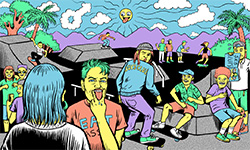 MY EXPERIENCES IN SKATEBOARDING
MY EXPERIENCES IN SKATEBOARDING
"I've been terrified of garnering the reputation of 'ramp-tramp' or 'pro-ho' just from spending time with skaters."
-
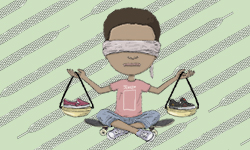 WHAT WOULD MAKE SKATERS DITCH THE BIG SHOE BRANDS?
WHAT WOULD MAKE SKATERS DITCH THE BIG SHOE BRANDS?
We asked younger skaters how small shoe brands could win back their business from the big budget behemoths.
-
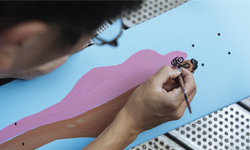 MEET UNITY, SKATEBOARDING’S MOST PROGRESSIVE CREW
MEET UNITY, SKATEBOARDING’S MOST PROGRESSIVE CREW
"Never has my gay life intersected with my skateboarding life. If anything, maybe I’d worked to pull them apart."
-
 HOW CAN WE HELP KEEP SKATE SHOPS ALIVE?
HOW CAN WE HELP KEEP SKATE SHOPS ALIVE?
For years brands and skaters have blindly cried "support your local," but we asked shop owners about other ways we can all provide actual help.
-
 WHAT THE HELL IS GOING ON WITH ILLEGAL CIV?
WHAT THE HELL IS GOING ON WITH ILLEGAL CIV?
The Illegal Civ stuff feels like an ongoing soap opera, so to air out any confusion we talked to a few key characters.


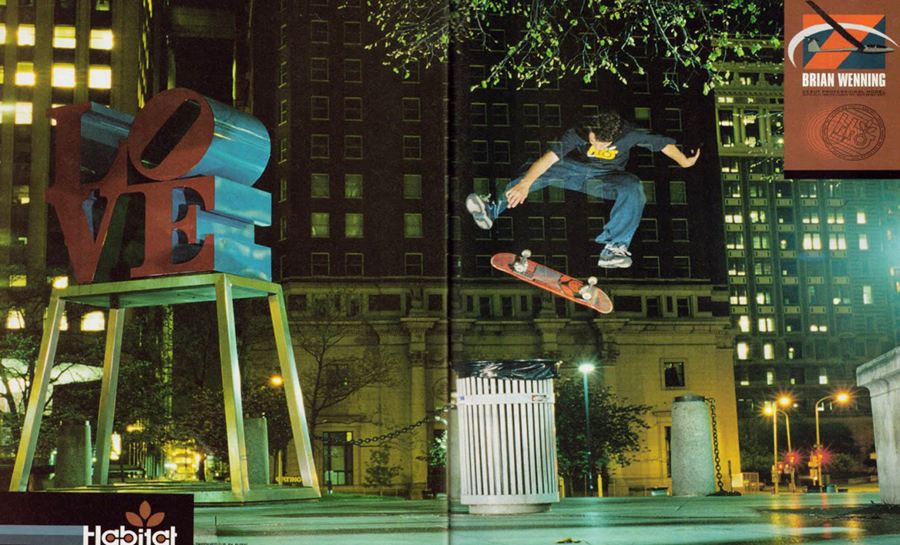




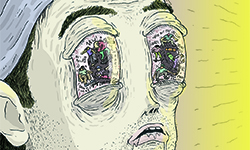
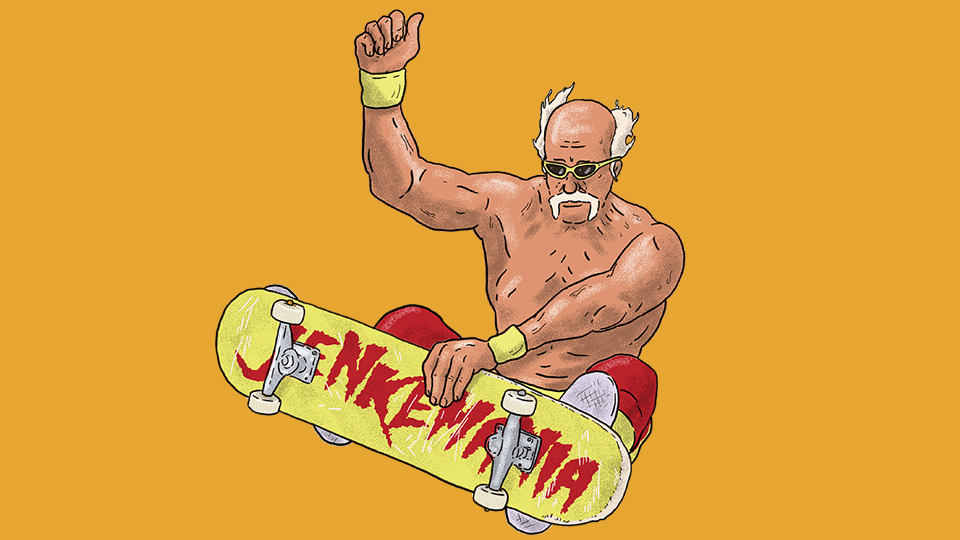
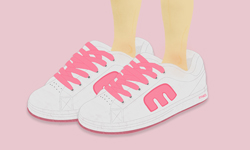

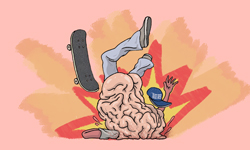
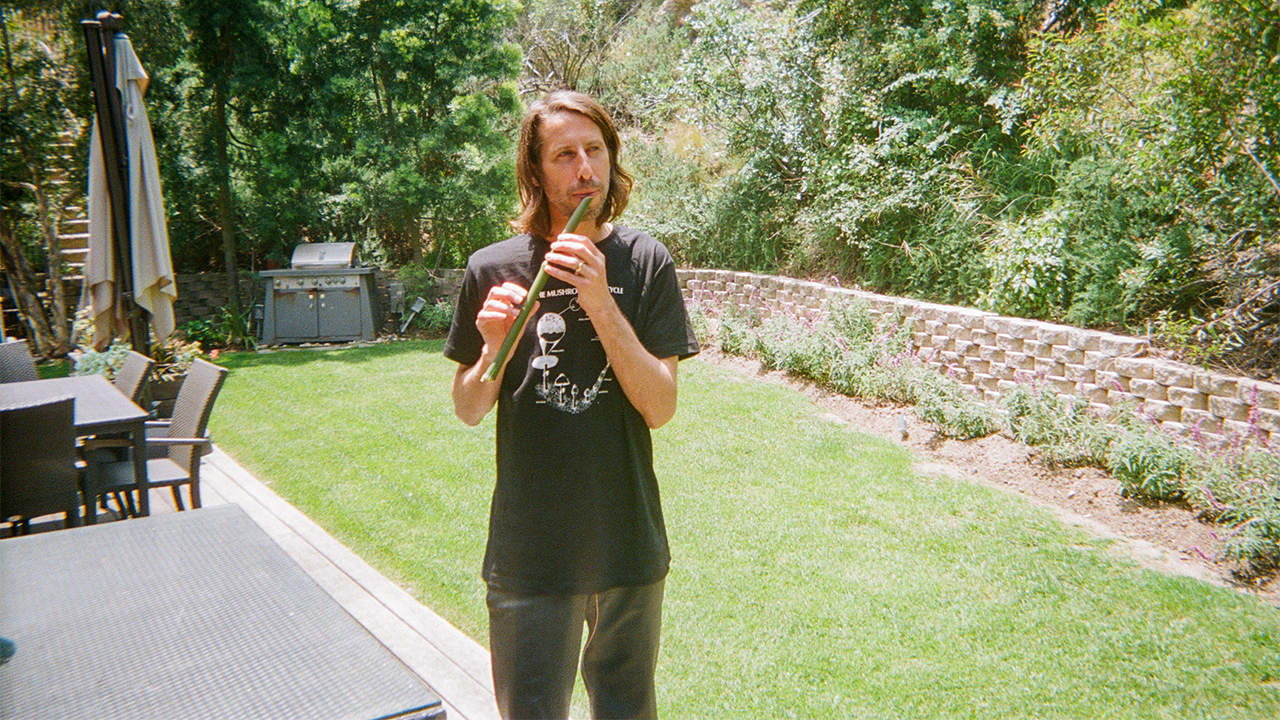
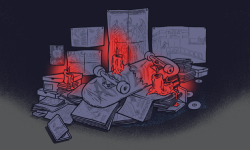
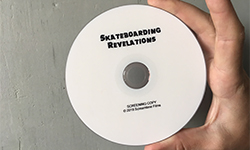
March 12, 2016 5:28 pm
you guys should be using designated skating safe zones created by Obama
March 13, 2016 9:40 pm
This article is ACE. At one point, a sense of deja-vu lingered over me, and the vague ideas in my head about why I enjoy skateboarding through the cities I travel to were answered. ciao bella
March 14, 2016 11:23 am
the best part about skating at love was hollering at the bitches that walked thru
March 14, 2016 1:37 pm
Tight